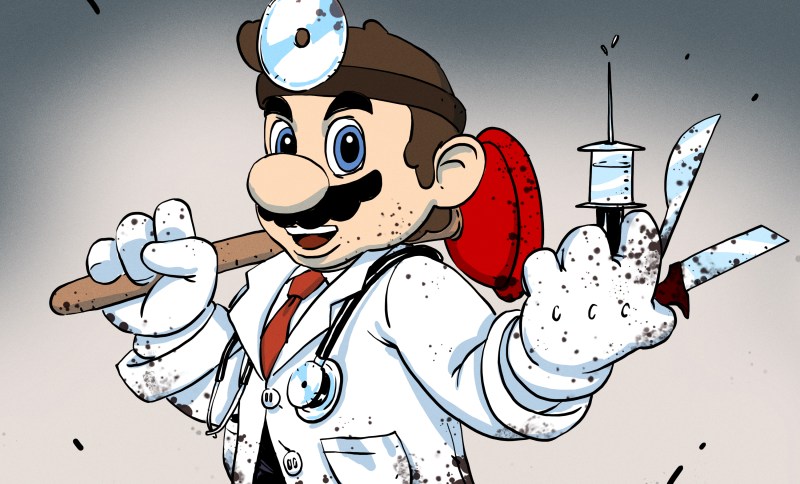When we picture the Medieval world, it conjures up images of darkness, privations, and sickness the likes of which are hard to imagine from our sanitized point of view. The 1400s, and indeed the entirety of history prior to the introduction of antibiotics in the 1940s, was a time when the merest scratch acquired in the business of everyday life could lead to an infection ending in a slow, painful death. Add in the challenges of war, where violent men wielding sharp things on a filthy field of combat, and it’s a wonder people survived at all.
But then as now, some people are luckier than others, and surviving what even today would likely be a fatal injury was not unknown, as one sixteen-year-old boy in 1403 would discover. It didn’t hurt that he was the son of the king of England, and when he earned an arrow in his face in combat, every effort would be made to save the prince and heir to the throne. It also helped that he had the good fortune to have a surgeon with the imagination to solve the problem, and the skill to build a tool to help.
The Prince
Henry of Monmouth, after he became king in 1413. The artist wisely chose to not include his grievous scar. Source: National Portrait Gallery, Public domain.
‘ data-medium-file=”https://hackaday.com/wp-content/uploads/2021/08/429px-Henry5.jpg?w=286″ data-large-file=”https://hackaday.com/wp-content/uploads/2021/08/429px-Henry5.jpg?w=429″ loading=”lazy” src=”https://hackaday.com/wp-content/uploads/2021/08/429px-Henry5.jpg?w=286″ alt=”Portarit of King Henry V of England” width=”161″ height=”224″ srcset=”https://hackaday.com/wp-content/uploads/2021/08/429px-Henry5.jpg 429w, https://hackaday.com/wp-content/uploads/2021/08/429px-Henry5.jpg?resize=179,250 179w, https://hackaday.com/wp-content/uploads/2021/08/429px-Henry5.jpg?resize=286,400 286w” sizes=”(max-width: 161px) 100vw, 161px”>
Henry of Monmouth, the future Henry V, was born in 1389 in Wales. His father, Henry Bolingbroke, was cousin to the current king, Richard II, whom he deposed and imprisoned in 1399. Styling himself Henry IV, this put his son Henry, now the Prince of Wales, into the line of succession as heir apparent. As such, great effort was put into grooming him for future kingship, including extensive military training.
Prince Henry’s training was very quickly put to the test at the Battle of Shrewsbury, where King Henry’s men faced the rebel forces of Lord Henry “Hotspur” Percy. The battle marked the first time that English archers faced each other. The English longbow was a terrifyingly powerful weapon, with a draw of 90 to 100 pounds or more; longbows found aboard the wreck of King Henry VIII’s flagship Mary Rose were found to have draw weights of up to 160 pounds. Such a bow would require astonishing upper body strength to draw properly, so much so that the skeletons of English archers show considerable overdevelopment of the bones of the left arm and wrist, as well as the fingers of the right hand.
The Weapon
An English longbow of the era typically was about six feet long, although that varied with the stature of the archer. Arrows typically had thick shafts of poplar, …read more
Source:: Hackaday

